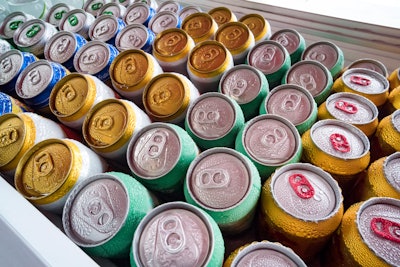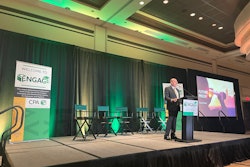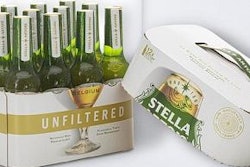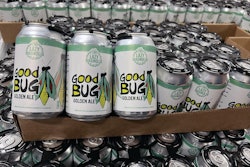Modern consumers are raising a glass to non-alcoholic beer and spirits, and craft producers are making moves to join the party.
That’s according to PMMI Business Intelligence’s “2024 Craft Beer and Spirits: Success Through Packaging” report, where Business Intelligence researchers compiled the opinions and responses of 132 craft beer and spirits industry professionals.
Buoyed by social trends such as Dry January and Sober October, craft consumers are increasingly interested in incorporating non-alcoholic craft beer and spirits into their lifestyles.
That’s partly why non-alcoholic offerings have become one of the hottest consumer trends in the craft industry in recent years. In 2022, sales of non-alcoholic beer grew by 19.5%, and spirits by 88.4%, according to the Nielsen Consumer report “Non-Alcoholic Beverage Trends in the U.S.”
Sales of one new segment, hop water (sparkling water infused with hops), grew by an astonishing 142% from 2021 to 2022; according to Malika Wichner’s Backbar article, “Trending in Beer: 2024 Predictions.” However, the article notes that the segment still only reached about $5.5 million in revenue.
And it’s not just those who completely abstain from alcohol that are buying these products. The vast majority (94%) of consumers who buy non-alcoholic products continue to also purchase alcohol, says Mike Snider in the USA Today article, “Sober October? Sales Spike Shows Non-Alcoholic Beer, Wine are on the Drink Menu Year-Round.”
Craft producers respond to the non-alcoholic beer and spirits trend
Craft producers interviewed for the report are hoping to strike while the iron is hot. As one brewmaster at a microbrewery (under 15,000 barrels/year) says, “the low- to no-alcohol beverage segment seems to be the fastest growing, and we’re looking at how to add this into our portfolio. We’re exploring how to use a third-party contractor.”
Blurring the line between alcohol and soft drinks, these non-alcoholic products offer the premium feel and experience of a craft alcohol beverage without the inebriating side effects.
Thankfully for craft producers, these emergent non-alcoholic products are almost always packaged in the same standard packaging as their booze-containing counterparts. This is a welcome relief for craft operations strained by the explosion of formats and variety.
While these products do not necessarily bring unique packaging challenges to craft producers, they do still represent a new product line that must be carefully evaluated against existing capacity capabilities.
It is also important to note non-alcoholic offerings are technically classified as a food product, bringing a host of additional regulatory requirements for craft producers looking to dip into non-alcoholic offerings.
SOURCE: PMMI Business Intelligence – 2024 Craft Beer and Spirits: Success Through Packaging
For more insights from PMMI’s Business Intelligence team, find reports including “2024 Trends in Remote Services and Monitoring” and “2023 Purchasing Plans and Priorities” at pmmi.org/business-intelligence.
Download the FREE report below.


























